Ever watched a fish rise to a fly but weren’t sure what kind to cast? Standing knee-deep in a cool stream, frustration can quickly set in. But fear not, angler! Showcasing the secrets of dry fly vs wet fly, this guide will transform your fly fishing.
We’ll learn more about what these flies imitate, how they behave in the water, and when to use each to entice the most reluctant fish. So, grab your rod, because you’re about to experience the thrill of catching fish on both dry and wet flies, mastering a whole new dimension of this exciting sport.
What Are Dry Fly vs Wet Fly?
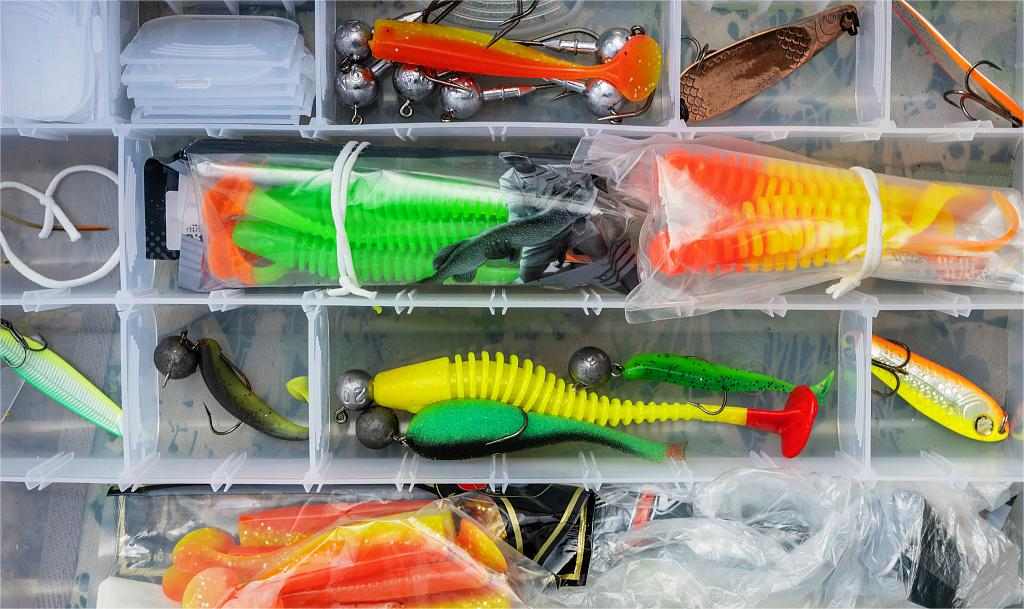
Let’s move to discuss dry fly and wet fly in a more detailed way including their purpose, characteristics, and appearance.
What Is a Dry Fly?
A dry fly, is a favorite fishing artificial fly used in fly fishing that floats on the water surface, imitating an insect or small prey that a fish may be feeding on.
The dry fly-fishing method is a unique way of fly fishing that is highly visible and thrilling. In contrast to nymphs, or streamers, which sink to the surface water, dry flies enable you to watch them drift on the water’s surface and mimic the movements of a real insect that is struggling with its buoyancy.
The strike, when a fish takes the fly, is one of the most unforgettable moments for fly anglers.
1. Appearance
These tiny insects are a very important food source for trout, and dry flies cover a variety of colors and shape their bodies. These flies also have fuzzy bodies and dry flies usually use deer hair or other stuff to achieve a true look
They may be matched with dry flies of different materials including feathers and foam.: Similarly, dry flies can simulate ants, beetles, grasshoppers, and other terrestrial insects that are washed onto the water and subsequently become vulnerable targets for predators.
2. Characteristics
- The predominant feature of a Dry Fly floats on the water due to some material with high specific gravity.
- A dry fly is constructed from materials generally with an inborn tendency to repel water, e.g. deer hair, elk hair, synthetic fibers or certain feathers.
- Usually, dry flies are equipped with a hackle that consists of a bunch of feathers tied around the fly’s body. The hackle will collect and retain air bubbles to ensure the fly continues to float.
- Flotant is a special compound that can help dry flies stay longer on the water’s surface.
3. Purpose
Dry fly is made with imitation of real insects. Therefore, the dry fly is meant to deceive fish into thinking that the insect is real.
The fly fisherman makes a fly look and move just like the real food source by presenting it and getting the fish to rise to the surface to take the fly.
The dry fly-fishing technique is especially used in catching trout but can also be used in attracting other species of fish that feed on the surface of the water.
What Is a Wet Fly?
Just as dry flies imitate insects on the water’s surface, wet flies are designed to deceive fish into thinking they’re encountering prey lurking beneath. They sink and swim underwater, resembling a variety of aquatic creatures that fish might find desirable.
1. Appearance
Wet flies come in a wider variety of styles compared to dry flies. They can be quite realistic, resembling emerging nymphs, drowned insects, small baitfish, or even leeches. However, some focus more on attracting fish with vibrant colors and flashy materials.
2. Characteristics
Unlike the focus on buoyancy in dry flies, wet flies often incorporate weighting to sink them to different depths. This is achieved through:
- Lead wire wrapped around the hook shank
- Beads incorporated into the fly body
3. Purpose
The main goal of the wet fly is to catch some fish that are already feeding under the surface of the water.
They can imitate a broad spectrum of food sources, and thereby be a very useful fly for different fishing conditions when compared to the dry one. They are extremely efficient when a trout doesn’t respond to hide or molt.
How can you tell a dry fly from a wet fly?
Telling a dry fly from a wet fly can sometimes be tricky, especially with some modern fly variations. Here are some key features to look for
1. Based on General Purposes
Check the floatability. Dry flies are designed to float, while wet flies are designed to sink. If you gently place the fly on water and it floats, it’s likely a dry fly.
2. Based on Appearance
Materials: Dry flies are generally made of materials that are naturally resistant to water (e.g. deer hair, elk hair, synthetic fibers, and some feathers). Wet flies can have these materials too, but they might also incorporate: Wet flies can have these materials too, but they might also incorporate:
- Feathers: Insect wet flies, like hairy duns, may have more marabou feathers or feathers that have less stiffness than typical dry flies.
- Weighting: If you look closely at a wet fly, you will likely find beads or lead wire coiled along the hook shank. The more pollution and heat come into the water bodies, the heavier the sinking.
Hackle: Dry flies which are also an important category of flies with the characteristic stiffer hackle can trap the air bubbles for buoyancy. The wet flies could be dressed using a somewhat soft hackle which allows fish to detect the fly.
Body: Dry flies have more space on the body because the material that is used to help fasten floating is scant. Wet flies may have a substantial body with materials of their prey like nymphs or baitfish.
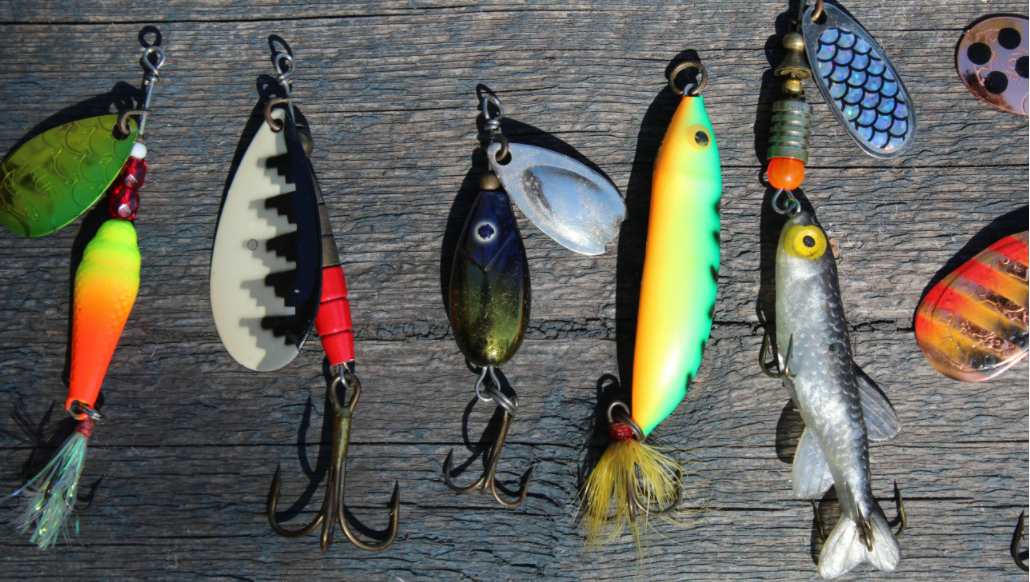
Dry Fly vs Wet Fly: Usage & Techniques
Choosing between dry flies and wet flies is a key decision in fly fishing. Here’s a breakdown of when and how to use each for successful fishing:
How to Use Dry Flies:
When to Use
Proven as the best option when fish are actively feeding on insects just at the water’s surface, particularly during hatches (an occasion where large numbers of insects are seen emerging from their nymph stage).
🎣 Techniques
- Presentation: Select the dry fly line and take it upstream. Then cast it and let it move downstream imitating a young insect that is fighting back to life.
- Mending: Utilize mending strategies to keep the fly afloat and free down the line as it drags along the surface of the wat
- Strike Detection: See the fish suddenly moving upwards to grab the fly or perceive even a faint tug on the line.
- Best Conditions: Calm or slow-moving water with visible hatches or rising fish.
- Target Species: Trout, Grayling, Bass (feeding on emerging insects)
How to Use Wet Flies:
When to Use
Effective when fish are feeding below the surface, during periods of no or low insect activity, or in the deep water.
🎣 Techniques:
- Depth Control: Make adjustments to casting techniques and leader length to control where the wet fly sinks.
- Retrieving: Fly patterns you use are important for successful retrieving that simulates the movements of the prey like using a line or letting the fly swing with the current.
- Strike Detection: Try to feel the line moving or pulling as the fish bites on the fly.
- Best Conditions: Faster-moving water, deeper water, or when fish aren’t actively rising to the surface.
- Target Species: Trout, Salmon, Steelhead, Bass (feeding on nymphs, baitfish, or leeches)
Choosing Between Dry and Wet Flies
When deciding on choosing the best flies for fishing, you can simply consider the following:
Water Conditions: If you see fish rising, go with a dry fly. For faster currents or deeper water, choose a wet fly.
Fish Species: Research the primary food source of your target fish. Match your fly selection accordingly.
Fishing Environment: Consider the overall activity level of insects and fish. Are hatches occurring? Are fish actively feeding on the surface?
🔔Challenges And Solutions
Dry Fly
- Drag: When the fly is sucked under by the current. Apply mending techniques, or adjust the cast to make the fly appear less drag and more natural.
- Wind: Thanks to the winds the casting and the rod presentation, which are essential fishing techniques, are not merely difficult but impossible at all. Maybe you need more weight on your dry fly or change the way you cast.
Wet Fly
- Snags: Wet flies can snag on rocks or bottom debris more easily than dry flies. Use a shorter leader or choose flies with snag-resistant materials.
- Depth Control: Difficulties achieving the desired depth. Experiment with leader lengths, casting techniques, and flyweight to achieve the right depth for your target fish.
FAQs About Wet Fly And Dry Fly
1. When to use a Wet fly vs a dry fly?
When it comes to fly fishing, knowing when to use a wet fly vs a dry fly is important. Wet flies are typically used when fish are feeding underwater, while dry flies are used when fish are feeding on the surface.
2. What are some limitations on using them?
There are limitations to using both types of flies. Wet flies can become waterlogged and sink, making them less effective in catching fish. Dry flies can be more challenging to see on the water, especially in low-light conditions.
3. How to keep a dry fly float longer?
To keep a dry fly floating longer, you can apply a floating to the fly before casting. This will help repel water and keep the fly buoyant.
4. How do you make dry flies more visible?
To make dry flies more visible, you can use bright-colored flies or add a strike indicator to help track the fly on the water’s surface.
5. What is the most popular dry fly?
The most popular dry fly among fly fishermen is the Adams dry fly, known for its versatility and ability to imitate a wide range of insects.
6. What is the best size dry fly?
The best-sized dry fly will depend on the specific conditions and the type of insect you are trying to imitate. Dry flies typically come in sizes ranging from 10 to 20, with size 16 being a common choice for many anglers.
7. What is the difference between the hook of dry vs wet fly?
The hook of a dry fly is typically designed to be lighter and thinner than that of a wet fly, allowing it to float on the water’s surface more effectively. While, wet fly hooks are designed with a thicker wire to help them sink quickly, mimicking insects that are submerged or drowned under the water surface.
Conclusion
Dry flies and wet flies are essential skills that enable anglers to catch fish even in the most difficult conditions. Reading up on their features, the different kinds of flies, and knowing which one to use in certain scenarios would help you catch even the toughest fish. Thus, grab your rod, go to the water, and try them out to discover the pleasure of catching fish using both these flies!


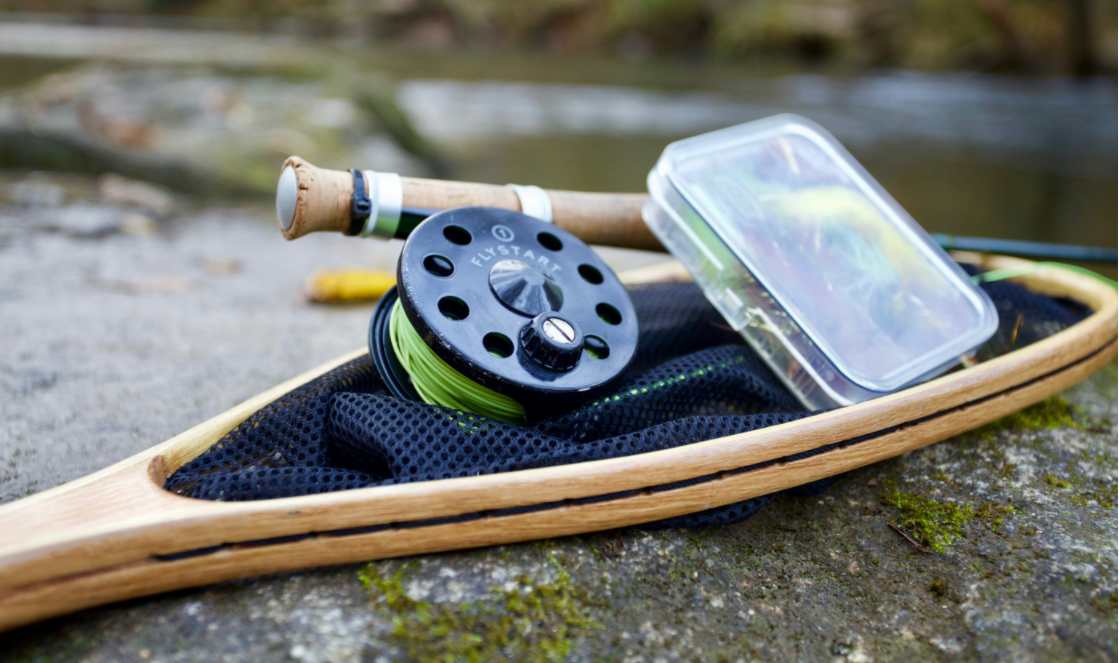




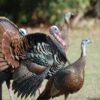
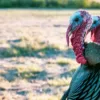
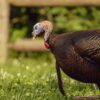
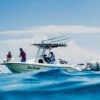









Leave a reply